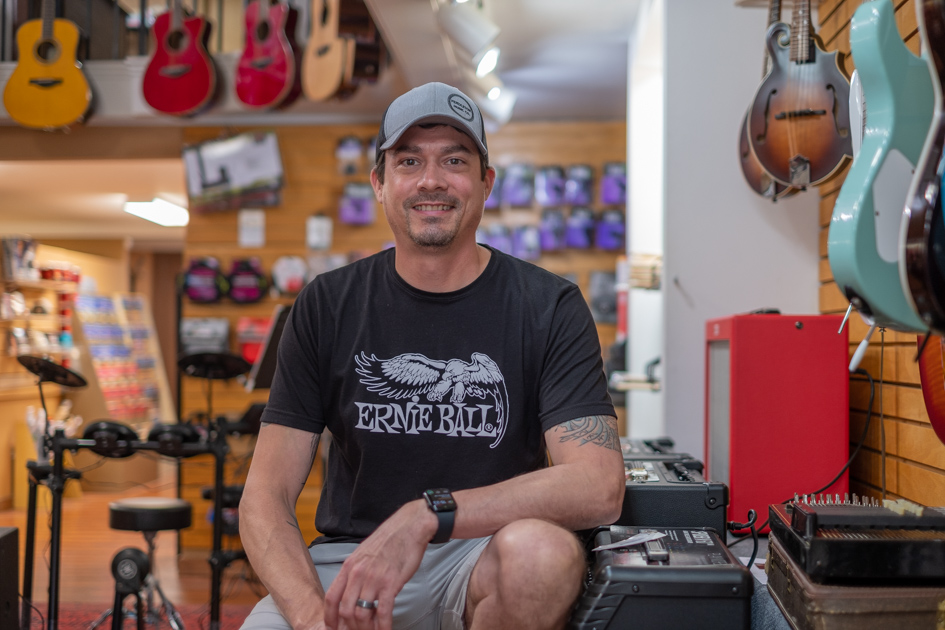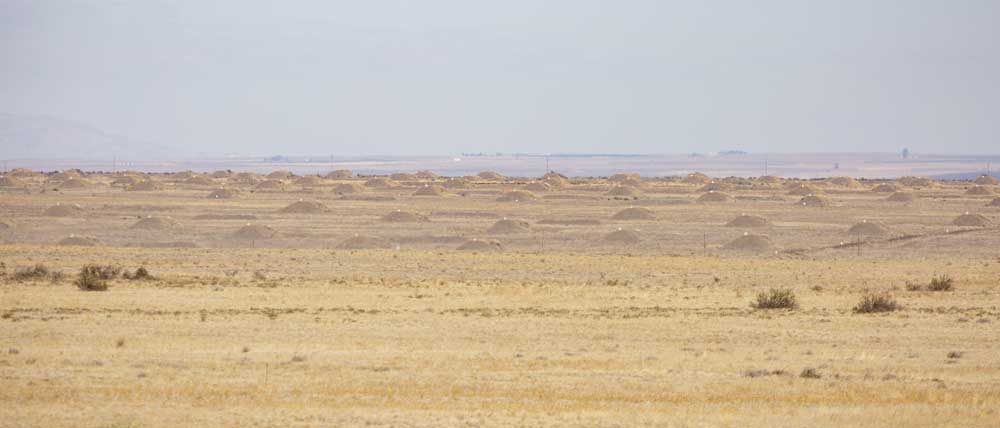Technology trends to lower costs for Boardman farm
Published 6:00 am Saturday, July 26, 2025
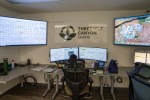

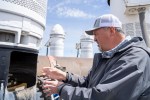
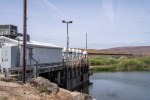
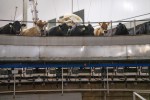
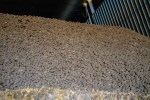
Threemile Canyon Farms uses tech to increase energy efficiency and reduce input costs
BOARDMAN — Efficiency is the name of the game in farming these days.
Greg Harris, manager of Threemile Canyon Farms in Morrow County, said many of their decisions come down to efficiency.
Threemile Canyon Farms is a large operation outside Boardman. The company farms about 39,000 irrigated acres and milks around 36,000 cows. About 6,000 acres of the farm are dedicated to organic farming. Harris said one of their focuses is closed-loop farming.
Trending
“It really starts with healthy soils, right? It starts with the ground,” he said. “We have a land mass that we’re able to combine farming and dairy.”
Harris said in addition to growing potatoes — which mostly go to Lamb Weston for processing — Threemile grows wheat, alfalfa, grain corn, silage corn and grasses. The silage corn and waste potatoes then feed the cows in their dairy. By filtering out solids, he said, the operation can use effluent water from the dairy to irrigate most of the farm. Doing so is a “much cheaper and much more efficient way to move the fertility,” he said.
“We’re feeding the cow with silage that we’ve grown, and then we’re taking the nutrient source from the cow, putting it back onto the field and growing that silage crop again,” he said.
Saving energy and money
Efficiency is a major part of Threemile’s approach to farming.
The company has been partnering with Energy Trust of Oregon for more than two decades. The nonprofit focuses on energy efficiency and renewable energy in residential homes as well as businesses, such as agriculture.
According to Caryn Appler, senior outreach manager for Energy Trust, the nonprofit started by learning about Threemile’s operations and identifying areas of improvement before assisting with information and financial incentives to help it make those changes. Appler said much of what Energy Trust does is show how to increase energy efficiency to help lower costs.
Trending
Threemile has built efficiency into its business model. Appler said. The various projects the farm and the Energy Trust have worked on together have saved Threemile water and labor as well as money. According to Appler, the projects during the past 20 years have saved Threemile about 39 million kilowatt-hours of electricity and reduced energy costs by $3.3 million.
“I love working with farmers because they are some of the most innovative customers that we have,” she said. “They are always thinking about how to improve things and make them more efficient.”
Threemile and Energy Trust have collaborated on a range of projects on the farm. One of the biggest was upgrading the farm’s irrigation system to a variable speed drive on the pump stations as well as relining pipelines to have lower friction between the water and the lining.
Those two projects each saved about 1 million kilowatt hours per year, Appler said, which equates to powering about 94 homes per project.
The variable speed drives are like a dimmer light switch rather than an on-off switch, Harris said. A computer speeds up or slows down the pumps.
Instead of turning on irrigation for all fields at full capacity, the farm’s zone managers can monitor the individual needs of each field and irrigate them only as much as they need. And as that water travels, it does so more efficiently.
“As we started modernizing the system as well, working with Energy Trust and looking at some of the technology in place and the additional monitoring that we’re able to do,” Harris said, “we also found our crop yields to start to be more consistent.”
While industry prices were going up, Harris said because of their energy projects, Threemile saw its pumping costs per acre-foot going down. The farm also worked with Energy Trust to get more efficient refrigeration units for chilling milk before it’s transported to Tillamook, and to replace its lights with LED lighting.
Appler said farms of any size care about efficiency.
“For a farming operation, focusing on energy efficiency by managing their overhead allows them to be more in control of other cost escalations that could impact them through grain prices or equipment prices or other things that may not be within their control,” Appler said. “This is something that can help in a very practical way at the business level.”
Technology trends
Harris said the technology Threemile installed and the projects with Energy Trust also helped managers identify which crops should be planted in which parts of the farm. Shorter season crops are being grown in less efficient parts of the farm, while long season crops are growing in more efficient areas.
“We’re able to manage everything and maximize the efficiency of the farms,” Harris said.
According to Kristine Buckland, an associate professor in Oregon State University’s College of Agricultural Sciences, farms “have to be on the front edge of innovation to stay profitable and continue to evolve.”
Public perception of farming is that it’s more or less the same as it was a century ago, she said, but that’s not the case.
“It’s changing and it changes faster than sometimes even our research does,” Buckland said. “I think (technology and efficiency) affects sort of every bucket of budgeting on a farm.”
Technology on farms is becoming more about precision, she said, which helps with using only the nitrates or pesticides or water that is necessary, rather than applying the same amount for all crops. Farmers tend to be good stewards of the land, she said, and care deeply about the effects their actions are having on the world around them.
“If the land doesn’t work anymore, they’re out of business,” she said. “So, why would they not be good stewards at heart?”
In the long run, Buckland said, she thinks the trend toward technology, efficiency and precision will be better for the environment.
“The more precision we can have, the better we can allow the rest of the ecosystem to function,” she said. “In my opinion, there are ways to have ecosystem diversity and still have some uniformity in the field.”








